Rubber covered yarn is made of high-quality imported A-grade latex yarn as the core, and high-quality double-stranded fiber yarn (polyester or nylon yarn), which is double coated.
Rubber covered yarn is made of high-quality imported A-grade latex yarn as the core, and high-quality double-stranded fiber yarn (polyester or nylon yarn), which is double coated. According to customer requirements, we can produce the degree of stretch, stretch back, twist, and so on! The rubber cord produced with A-grade and high-quality raw materials is of stable quality, durable and anti-aging! Rubber covered yarn is widely used in clothing where wrinkles, elasticity, and tightness are required. They are also used in various types of labor protection yarn gloves, knitted products, woolen products, textile products, embroidery, footwear, elastic bands, woven fabrics, decorations, etc.
Rubber covered yarn | ||
Material | Latex+Polyester DTY | 63# 75# 90# 100# 110# 120# 130# 140# 150# |
Latex+Nylon DTY | 100# 110# 120# 130# 140# 150# | |
Spandex+Nylon DTY | 140/70/70 180/70/70 | |
Spandex+ Polyester DTY | 140/75/75 180/75/75 210/75/75 | |
Lycra+Polyester | 120/75/75 140/75/75 180/75/75 180/100/100 | |
Lycra+Nylon | 180/100/100 180/70/70 140/70/70 120/70/70 120/40/40 | |
More specifications can be customized | ||
Usage: Weaving, Knitting, Socks, Gloves, Knee and Elbow pads, Pants, Sweater,etc.
Color: White/Black/Multi-Color (base on customer’s requirement)
Packaging: Per cone with an opp bag; 0.5kg/cone; 40cone/carton;
N.M: About 19.5kg/carton; GM: 21.5kg/carton;
Carton size: 55*43*37( also can pack according to your requirement)
Pattern: RAW/dyed/bleached
Rubber banding process:
Rubber covered yarn (elastic covered yarn): rewinding – rewinding truck – latex – rubber band machine – Inspection – packing – coming out
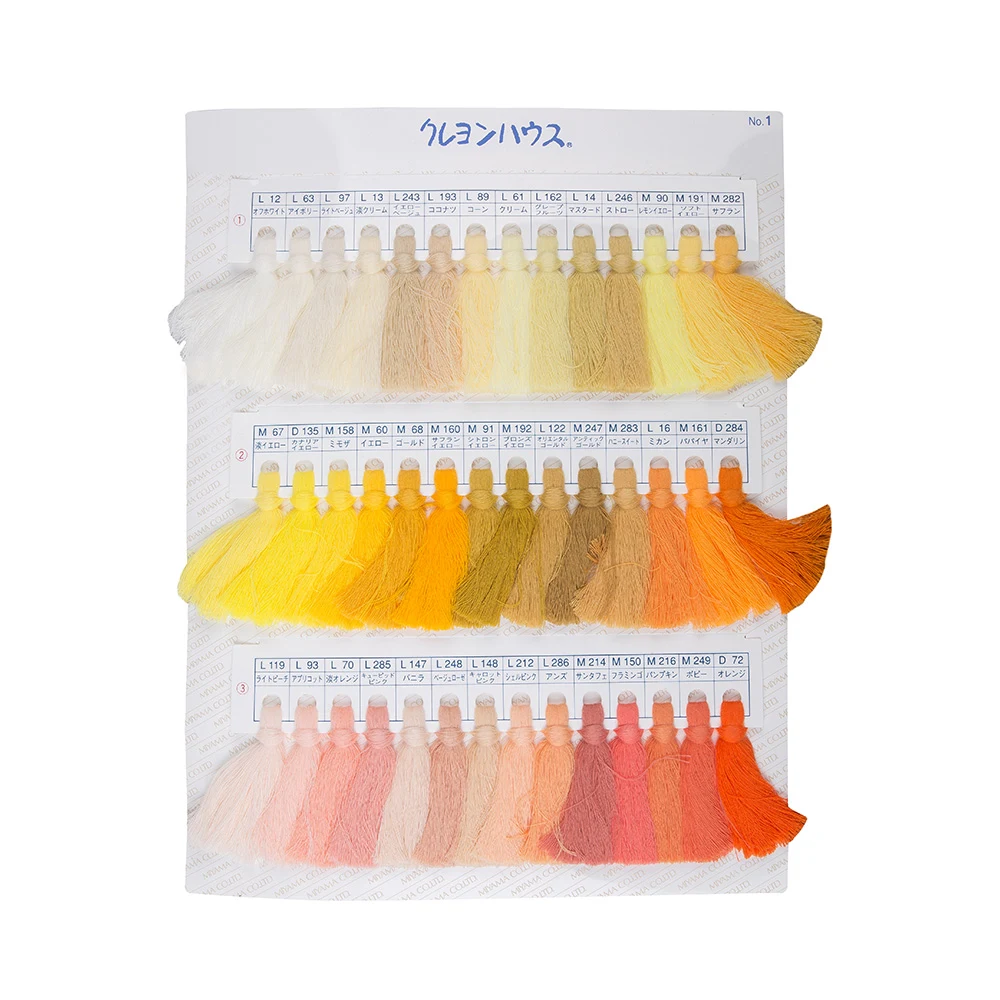
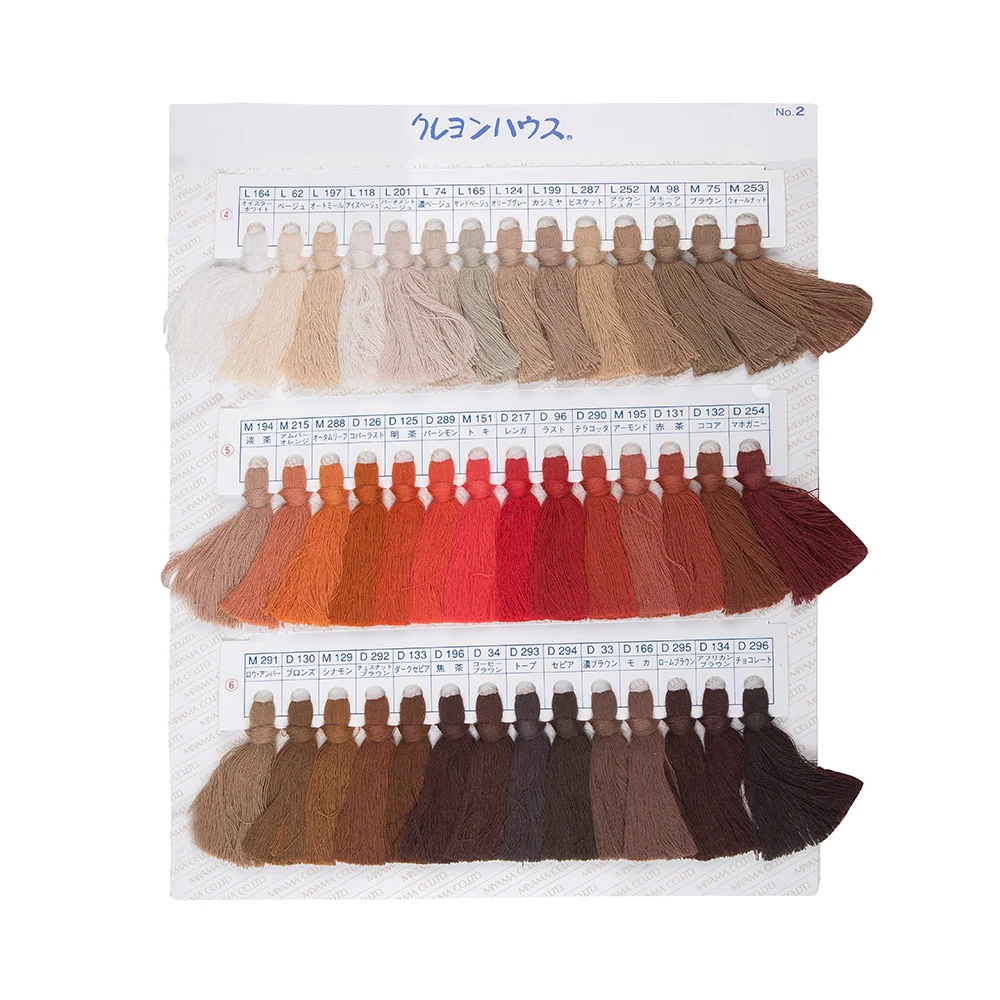

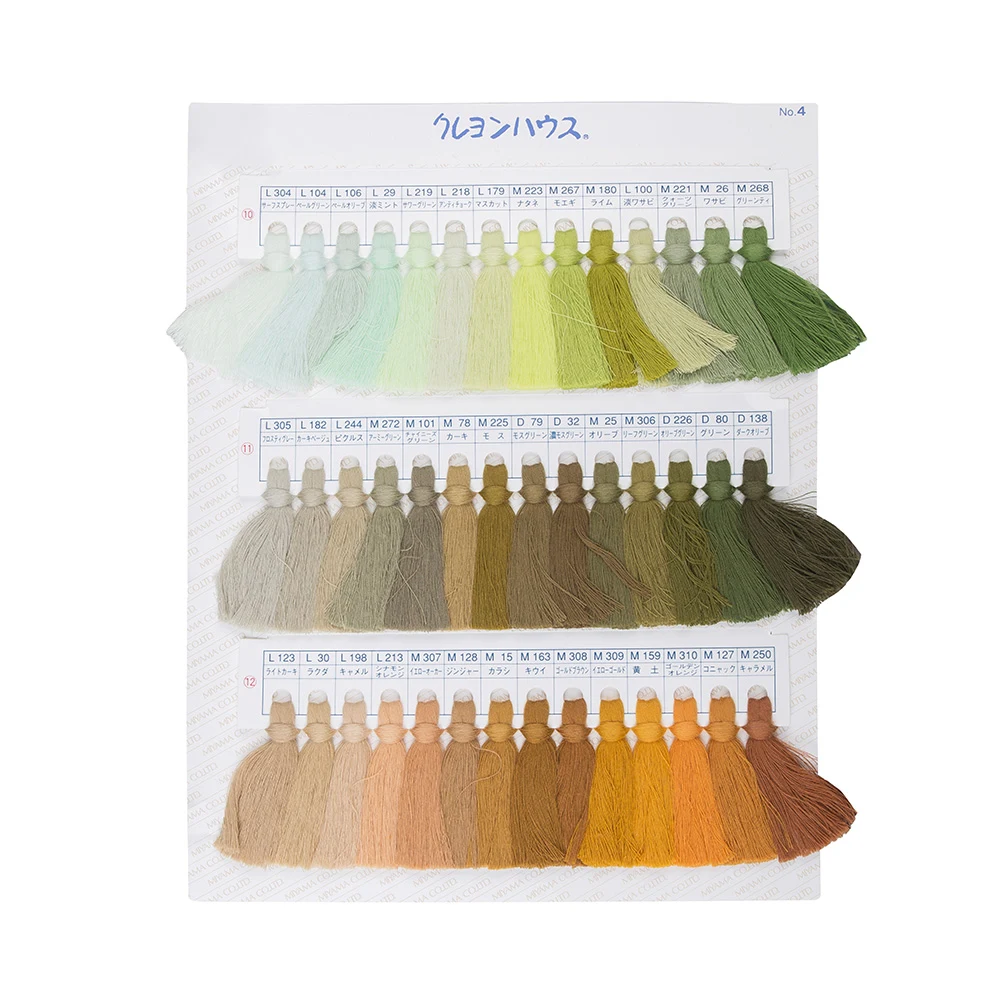


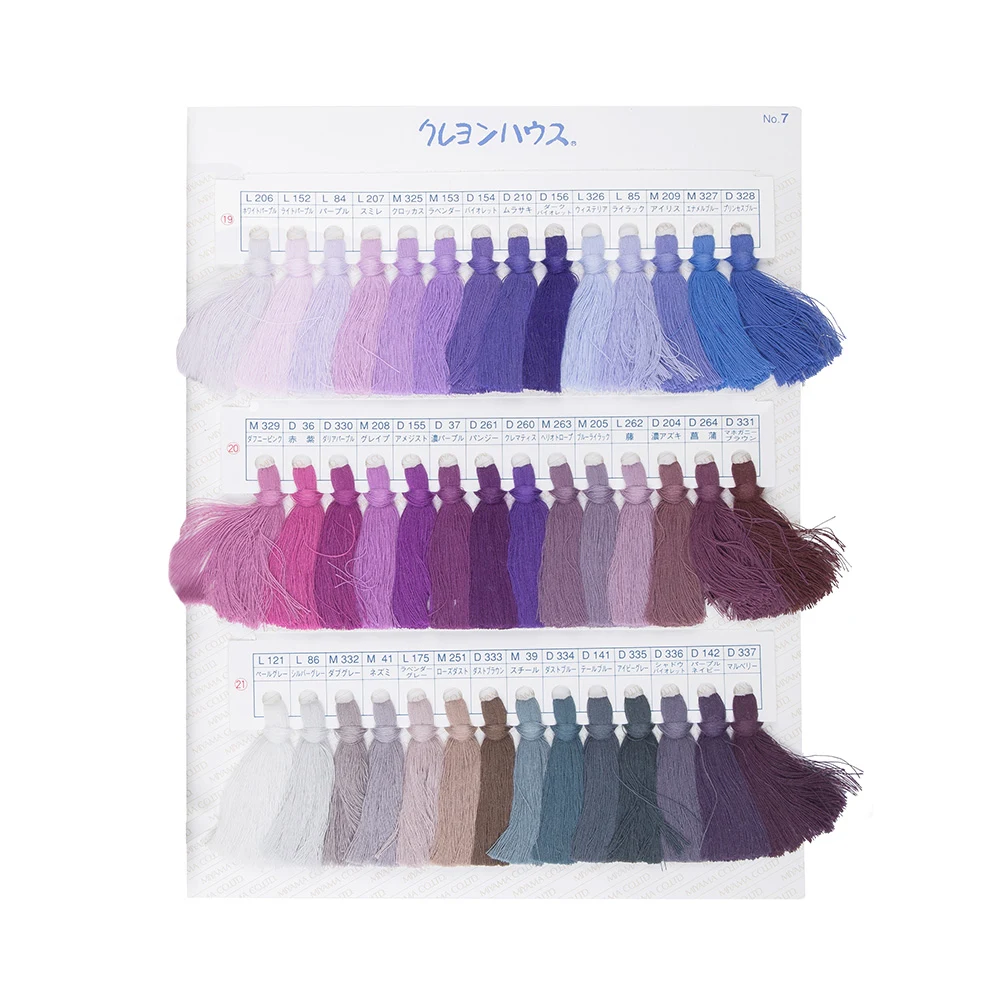
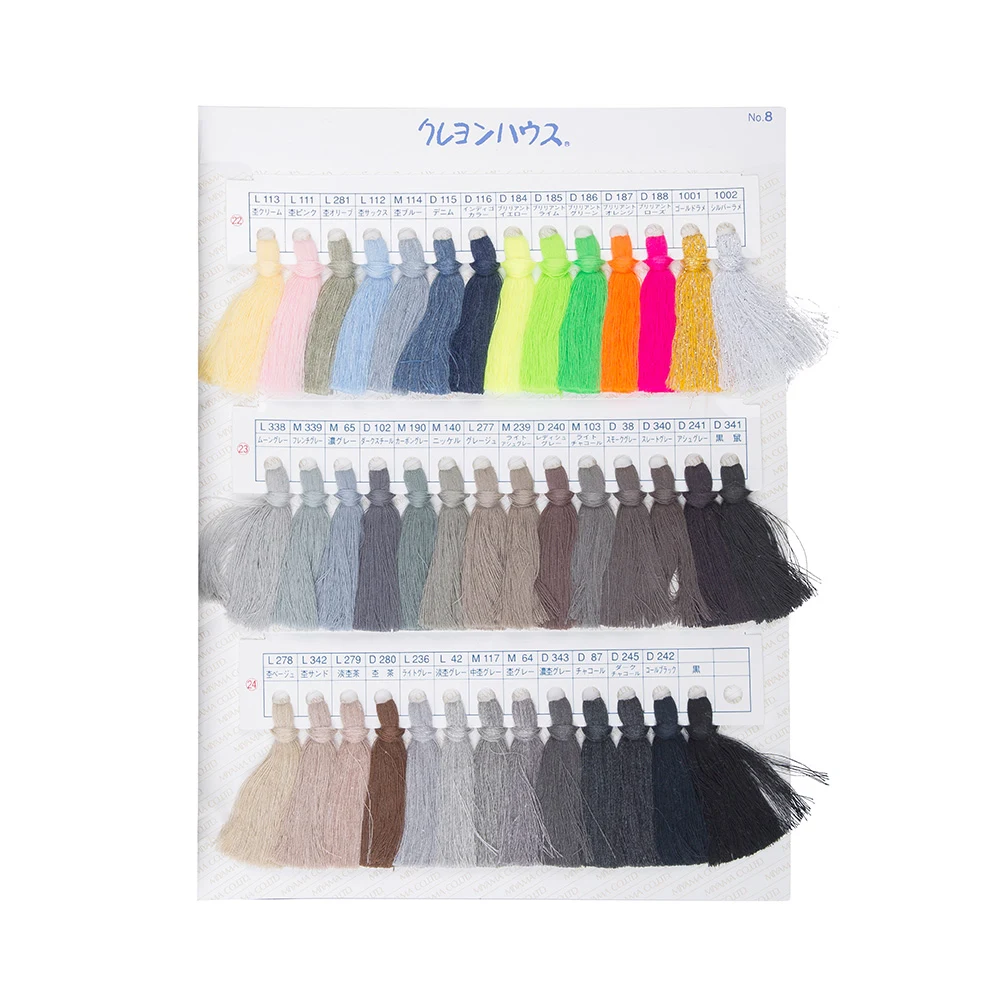
Our sock yarn collection offers exceptional softness, durability, and vibrant colors to bring your creative visions to life. Perfect for cozy socks and accessories, our yarn is available in a range of weights and patterns at competitive prices. Contact us today for your catalog and start creating beautiful, long-lasting pieces!

Copyright © 2024, JWSOCKYARN. All rights reserved.